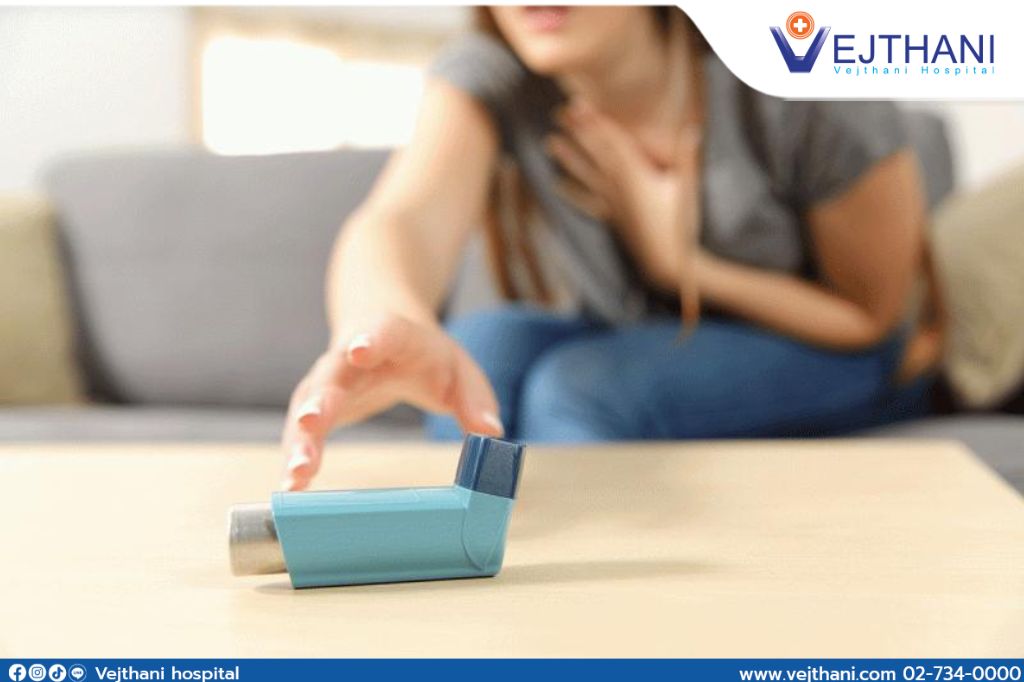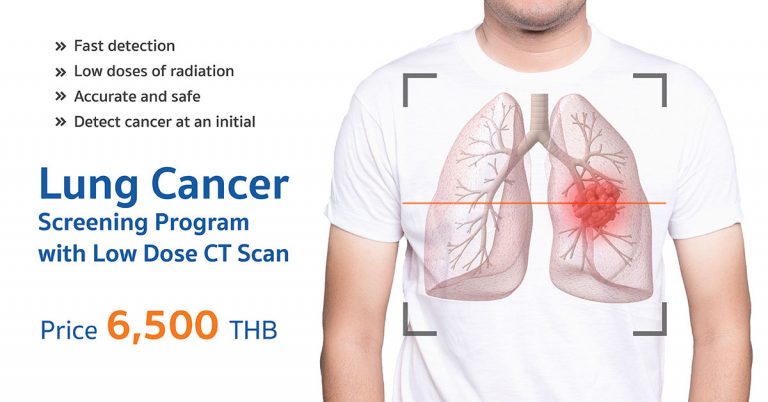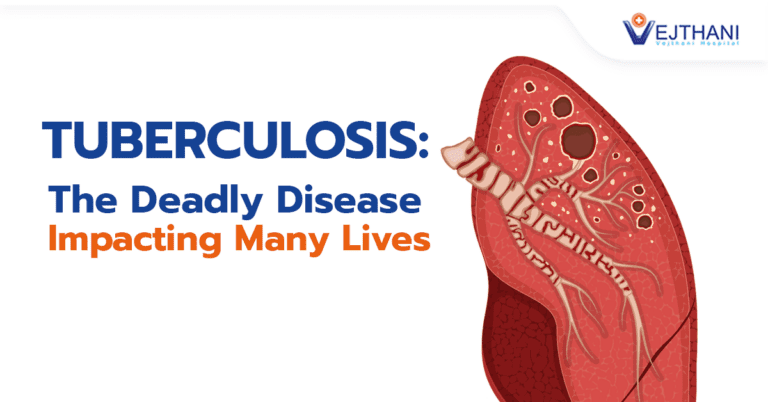

‘Inhaler’ Breathing Therapy for Respiratory Problem
Asthma, Chronic Bronchitis and Emphysema are included in a group of common respiratory diseases which causes coughing, snot, mucus, obstructive breathing, chest discomfort, wheezing and etc., especially during night time, early morning, during exercise and when you catch a cold.
The treatment mainly focuses on medicine and behavioral reducing exacerbations of the symptoms.
However, there is another type of medication that doctors usually prescribe together with an oral medicine which is called inhaler, a type of breathing treatment to ease respiratory symptoms.
Typically, an inhaler will be given in the form of a very small powder or mist contained in a device which carries and delivers the medication to a patient.
It depends on a doctor’s consideration after the patient’s condition has been evaluated before prescribing a particular inhaler. For example, elderly patients may need to be assessed with their ability to breathe through the mouth while in pediatric patients, they may require an additional child-friendly device to support the usage of the inhaler.
The effectiveness of breathing treatment depends on the patient’s use. Following the doctor instruction correctly can promote the treatment result.
Get to know the types of inhaler for a most effective treatment
The inhaler can be different due to a particular type of medicine and manufacturer. Thus, we can separate them into groups by the form of medicine the device contains as follow:
- Soft Mist Inhaler: Respimat ®: the medicine is in the form of droplets or mist which requires slow and deep mouth inhalation.
- Pressurized Metered Dose Inhaler (pMDIs): the device delivers the medicine as droplets. The user should shake the puffer well for around 5-10 times before use followed by slow and deep mouth inhalation.
- Easy Haler®, Turbuhaler® and Accuhaler ®: the device delivers the medicine in a dried powder form which requires inhaling forcefully and deeply through the mouth.
- Breezhaler® and Handihaler®: two types of capsules containing a powder for inhalation. Before using the device, the user needs to place a capsule in a chamber and press on the side piercing to release the medicine before forcefully and deeply inhaling through the mouth.
- AeroChamber® and Spacer ®: can deliver medicine directly to the lung and is prescribed for a patient who has difficulty using other types of device. Normally, the tube connects an inhaler and a mask or a mouthpiece together. For a more efficient use, a patient needs to breathe normally under the mask for 10-15 seconds. Parents should make sure that a toddler patient inhales and exhales for 3-4 times per each registration.
Instruction for inhaler in general
(Inhaler preparation may be different)
- Remove the cap.
- Slightly exhale through the mouth until it is finished. Be careful not to breathe into the device, then put the device between your teeth and close your mouth.
- Release the medicine and inhale through your mouth. Remove the inhaler and hold your breath for 5-10 seconds
- Clean the mouthpiece and place the cap back on the device.
- Rinse your mouth after used (if your medications contain steroids) to prevent your throat from irritation or oral infection.
Tips: The medicine in the form of a mist of droplets requires slow and deep breathes through the mouth; the medicine in the form of dust requires forceful and deep breathes through the mouth.
However, a patient should only take the medicine prescribed by a doctor and strictly follow the pharmacist’s instruction. Avoid buying the medicine from an over-counter drug store because some inhaler contains a steroid. Seek for the safest and most effective treatment from a hospital where the doctor can prescribe the medicine considering your particular condition such as underlying disease, age, and your drug allergy history.
For more information, contact
Internal Medicine Center, Vejthani Hospital
Call 02-7340000 or Ext. 2200
English Hotline: (+66)8-522 3888
- Readers Rating
- Rated 4.9 stars
4.9 / 5 ( Reviewers) - Spectacular
- Your Rating

























